How to choose the right one for different lamp beads?
Until the 19th century, the main source of artificial lighting was the combustion of vegetable oil, animal oil, grease and wax. The wick was used to control the amount of fuel being burned, so as to control the amount of light it produced. With the invention of incandescent bulb, the situation has changed. Incandescent bulb is a "fuel" or power supply light source. With the wide supply of power and a large number of technical efforts to manufacture better lighting systems, modern power based light sources have various shapes, sizes and types, which are suitable for various applications. Whether it's light source or lamp bead type, we all know, but how should we choose the right lamp bead?
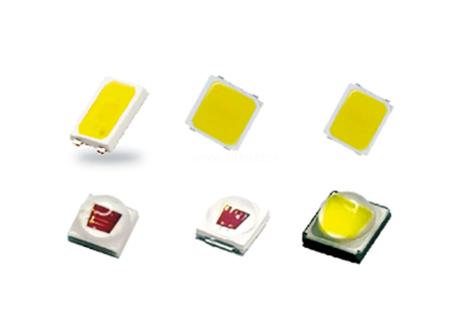
Those who have purchased incandescent bulbs know that they will buy bulbs according to the wattage requirements, such as 40W bulbs, 60W bulbs or 100W bulbs. However, we cannot adopt the same strategy for modern energy-saving LEDs, because they produce more light and consume less power. So, how to choose the right bulb?
If we want to buy led beads, we should not consider watts first, but lumens first. As mentioned earlier, lumen is a unit of luminous flux, which can indicate the amount of light produced by the bulb (or any light source). For example, a 60W incandescent bulb may produce about 700 lumens of light. Now, LED bulbs that produce the same amount of light consume only 10W.
In addition, although incandescent bulbs may be cheaper, their service life is usually about 1 year. At the same time, the cost of LED bulb is slightly higher than other bulb types (incandescent lamp and CFL), but the service life of LED bulb is between 5 and 10 years. Considering the energy saving and longer service life of LED, it is wise to choose led instead of incandescent lamp or CFL.
The color temperature of the bulb is the amount of hue that the bulb can provide, that is, whether the light is warm or cold. Although almost all incandescent bulbs produce warm white light, if we want to buy CFL or LED, we can choose the appropriate color temperature.
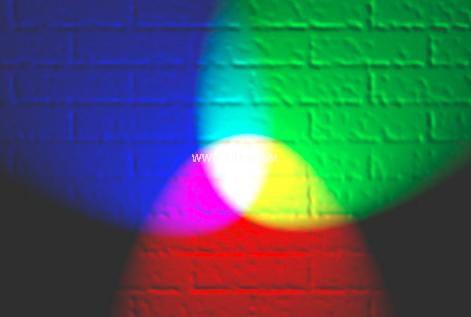
The color temperature in the range of 2700k to 3200K is considered as warm white, which is the normal value of incandescent bulbs (ordinary bulbs or halogen bulbs). The color temperature between 4000K and 4800k is considered as normal white, close to direct sunlight. Finally, the color temperature of about 5000K represents normal sunlight, and the light looks colder as the value increases.
The CRI of a bulb is a measure of the true color of an object under the light emitted by the bulb. The color rendering index of incandescent bulbs is close to 100, while that of fluorescent lamps is more than 50 to 95. When it comes to LEDs, most LEDs have a CRI of about 80. Some LEDs have a high CRI, which manufacturers claim is as high as 98.
It is important to select lamps with high CRI. The ambient light of a room is usually realized by a single large light source located in the center of the room. The light from this bulb is scattered throughout the room with good brightness.
In addition to general lighting, you can also install lighting for specific tasks. For example, although the kitchen has ordinary lights like all other rooms, it is very useful to put a small light on the kitchen counter. We can choose the appropriate lighting according to our needs. This task specific light can also be placed in bathrooms, study desks, desks and more.
Learn about bulb types, their advantages, disadvantages and applications, and how to choose the right bulb for your home or office

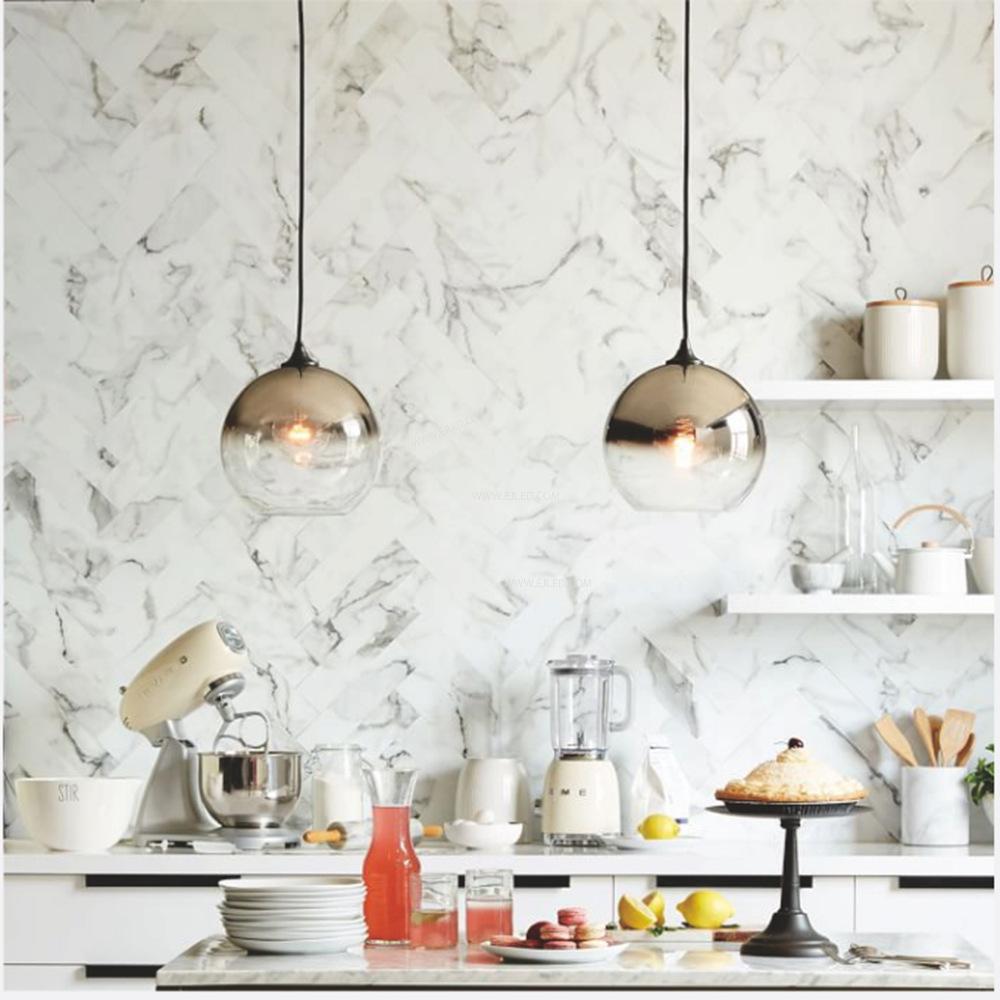
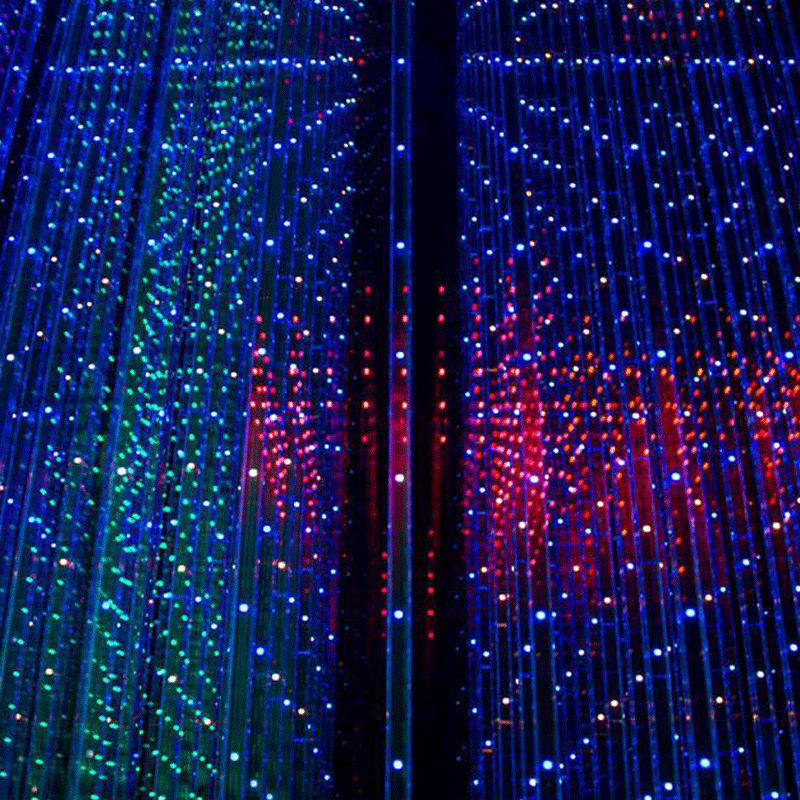

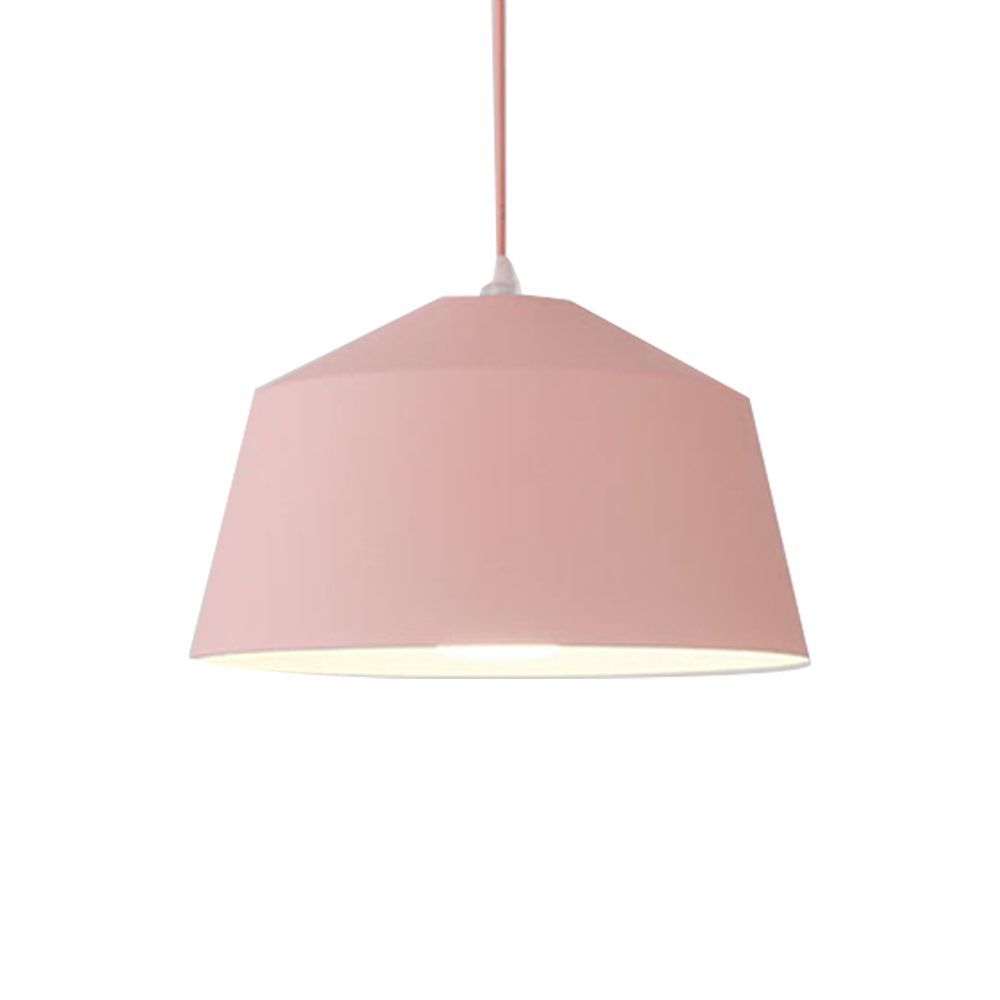
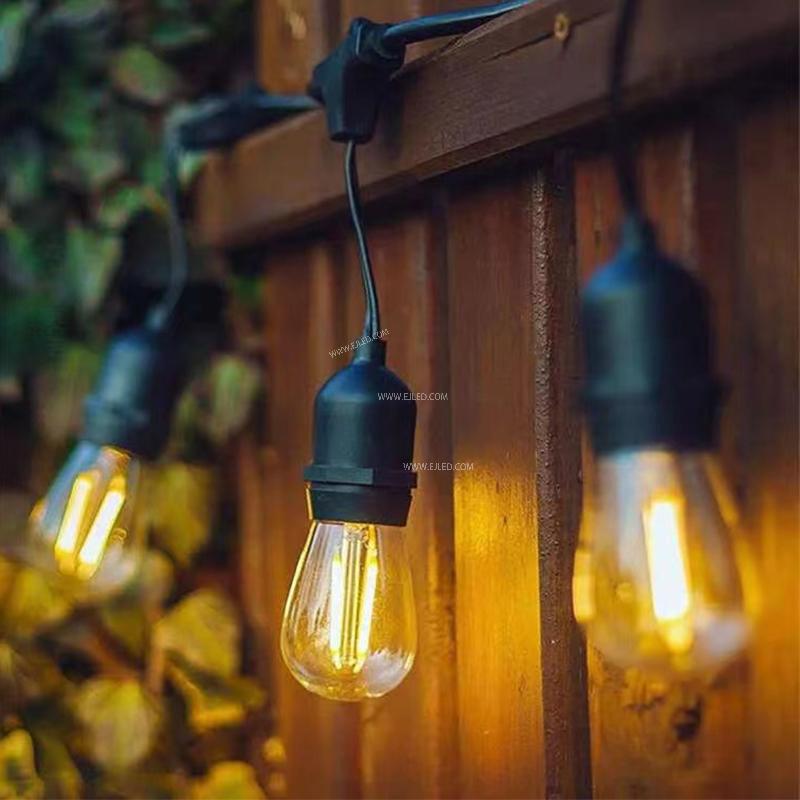
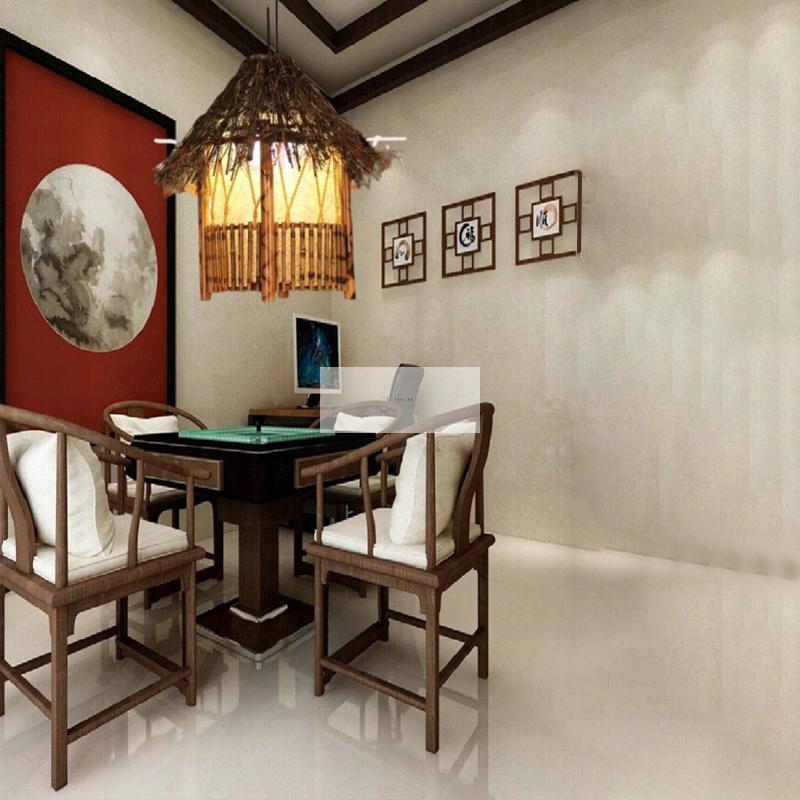
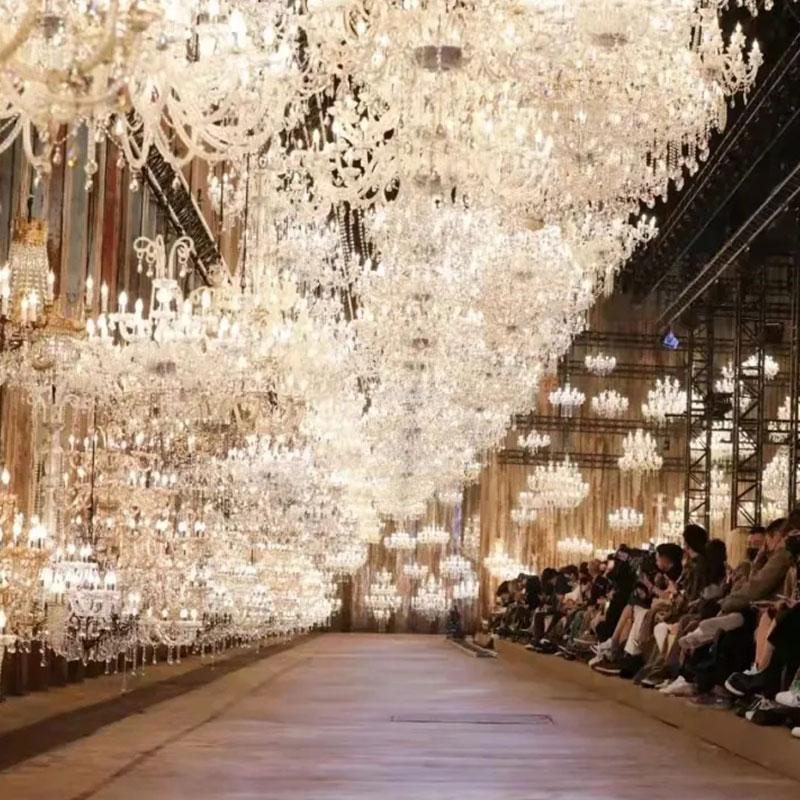
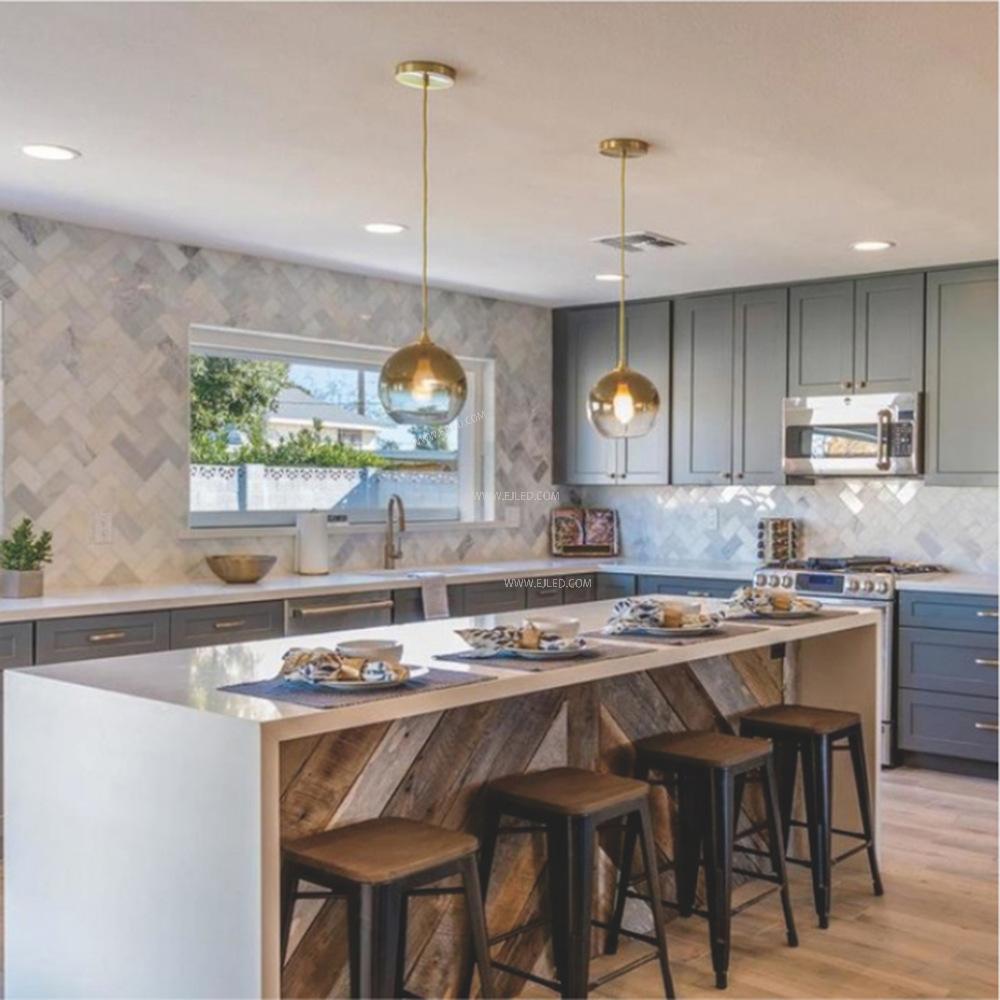

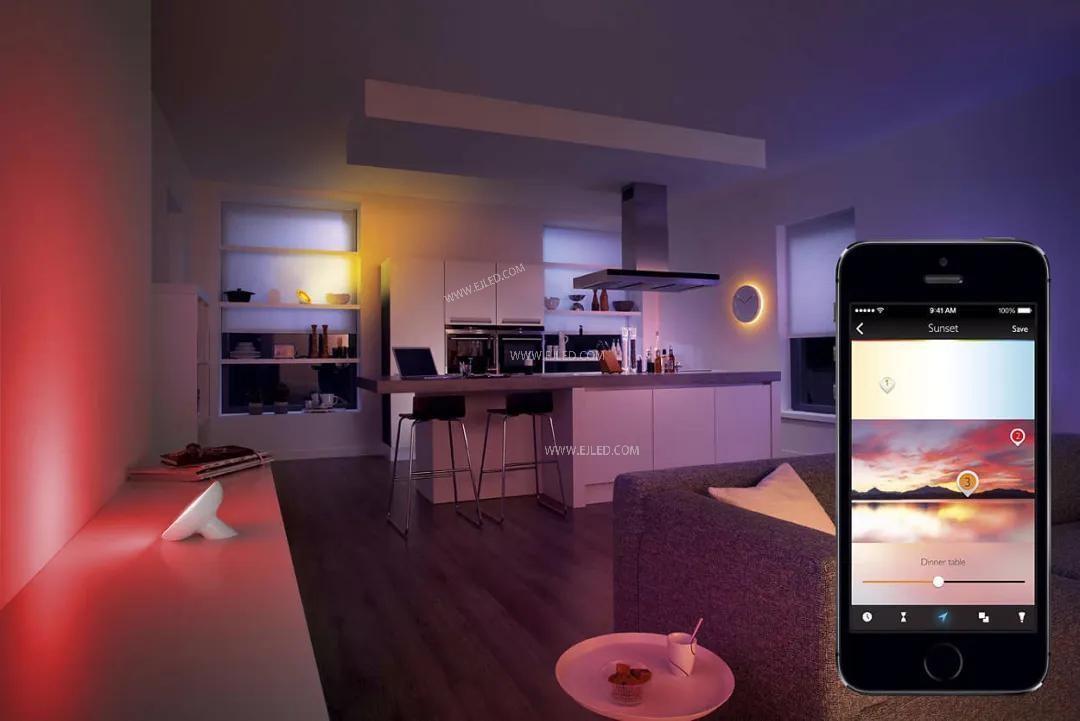

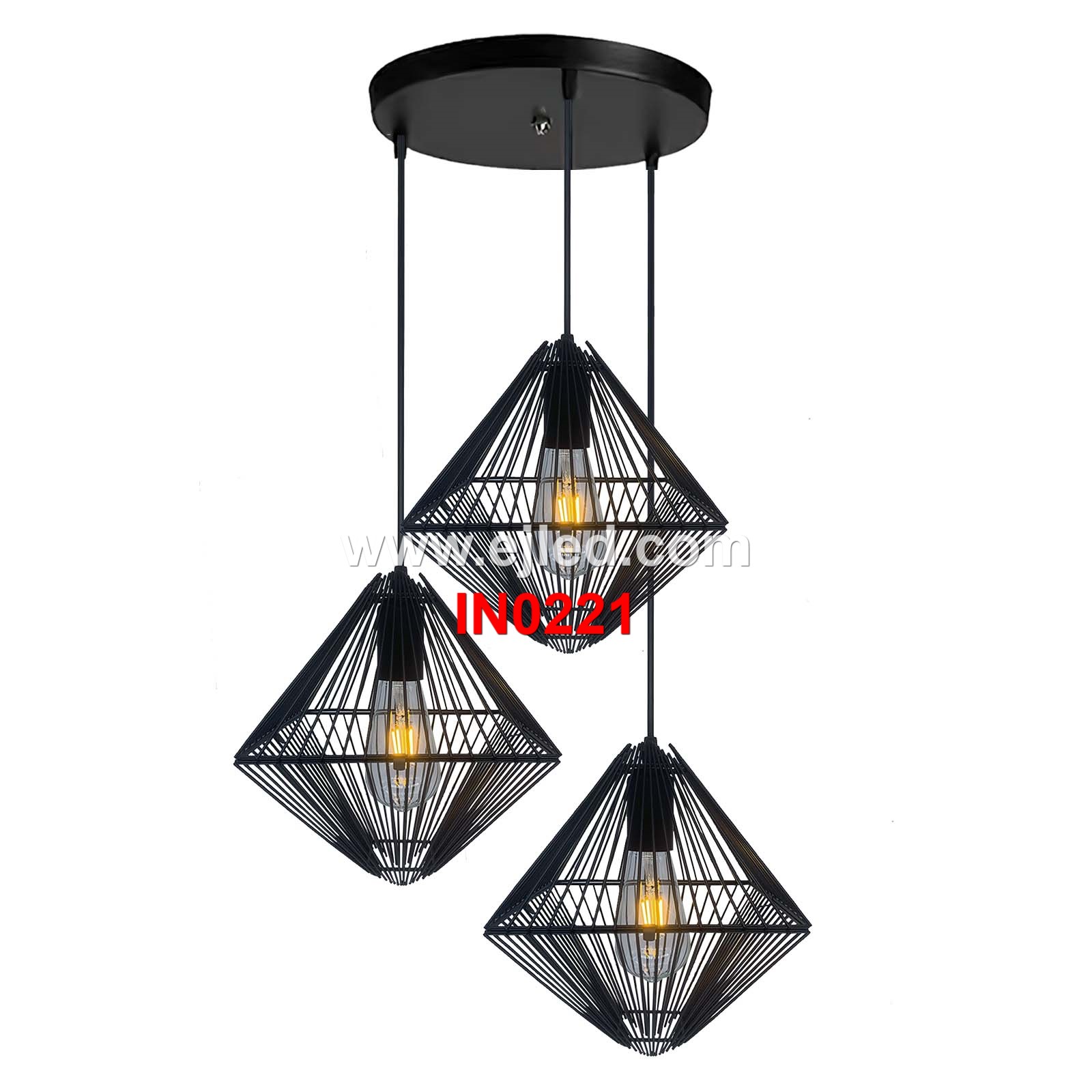
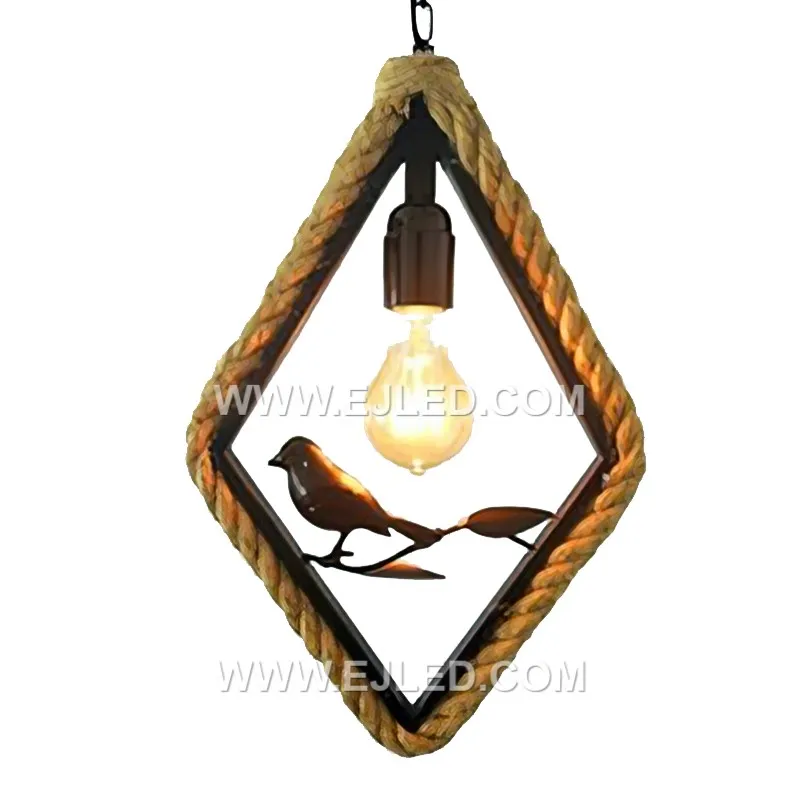
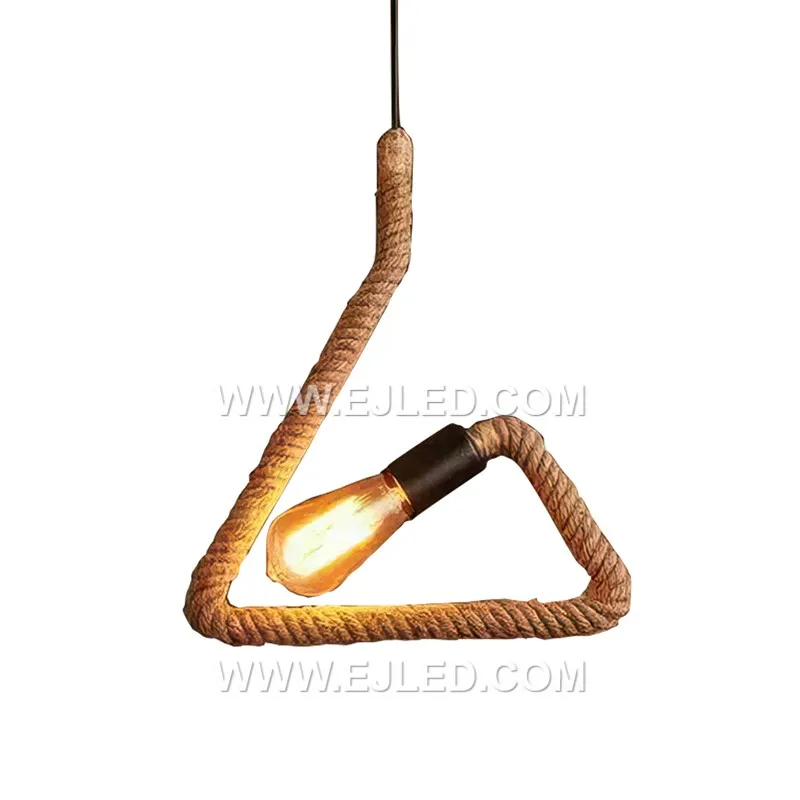
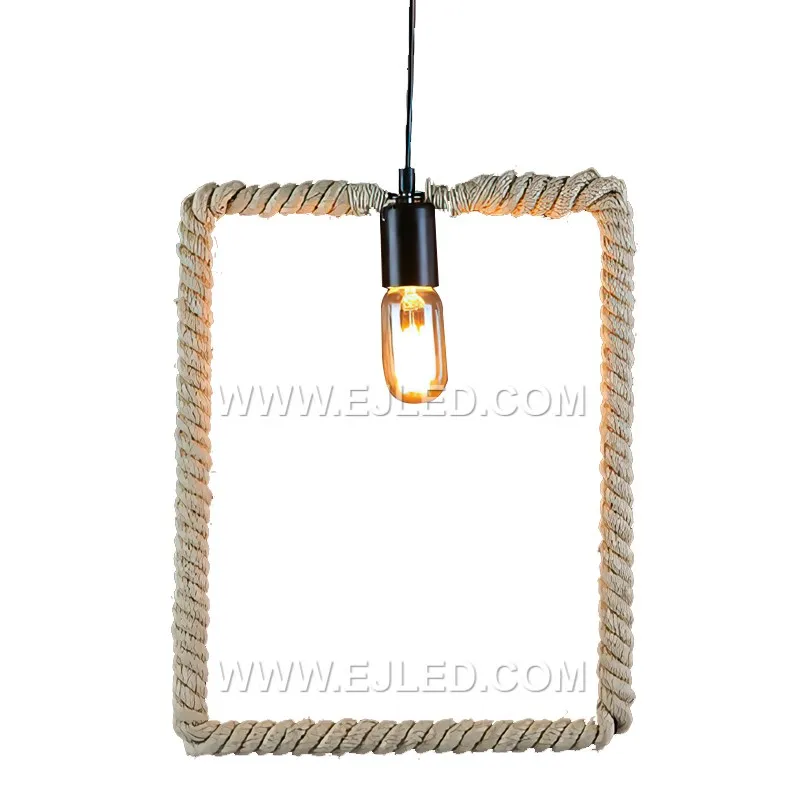
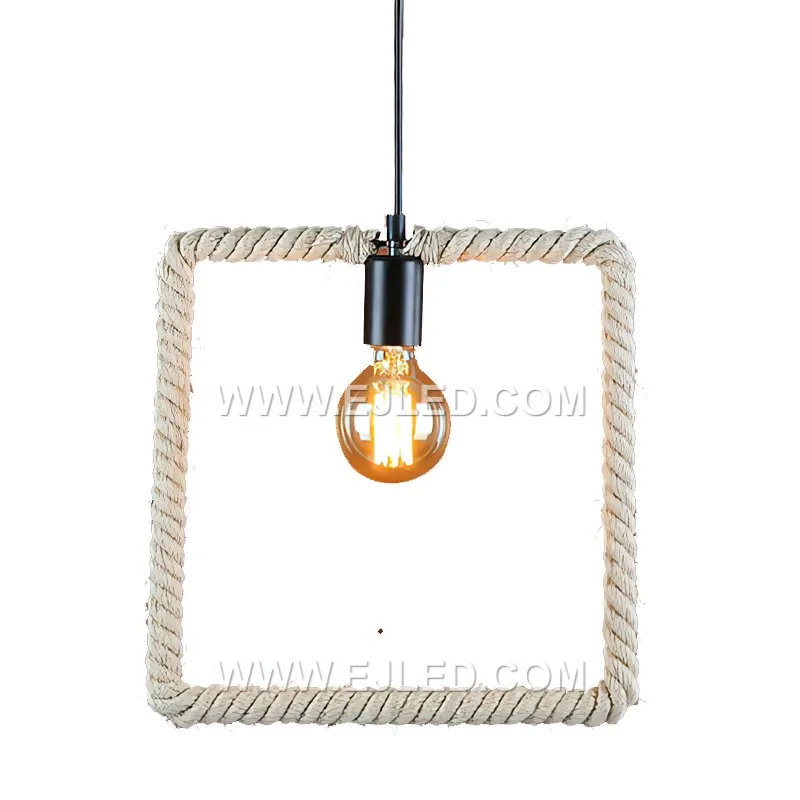
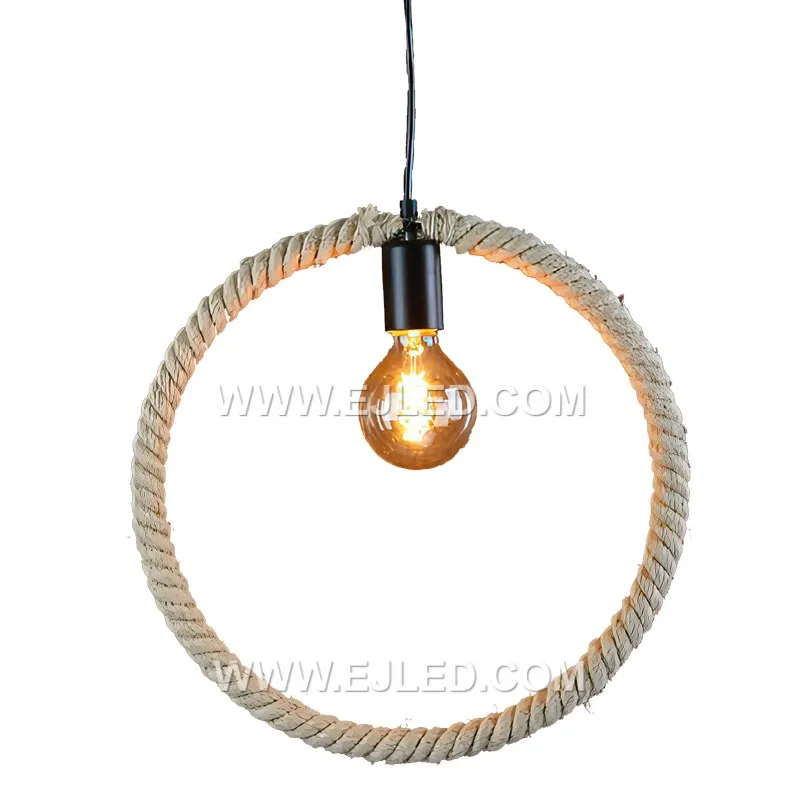
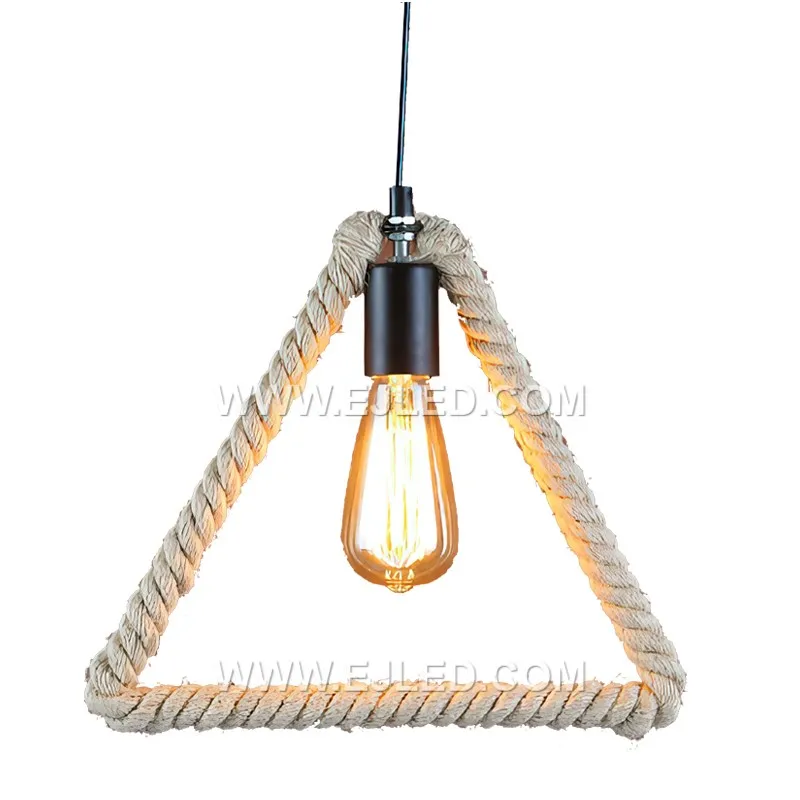
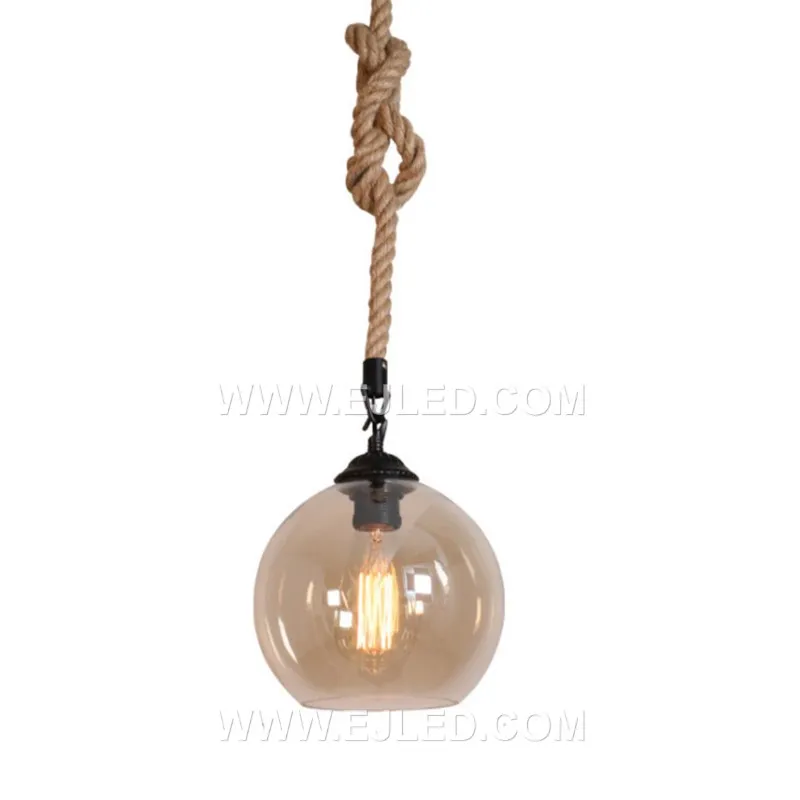
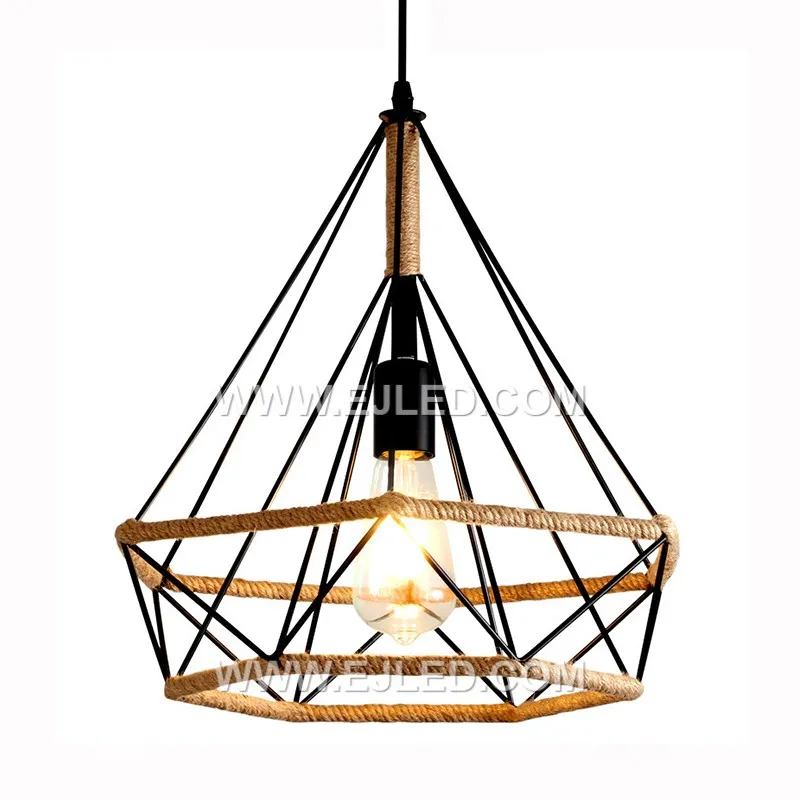
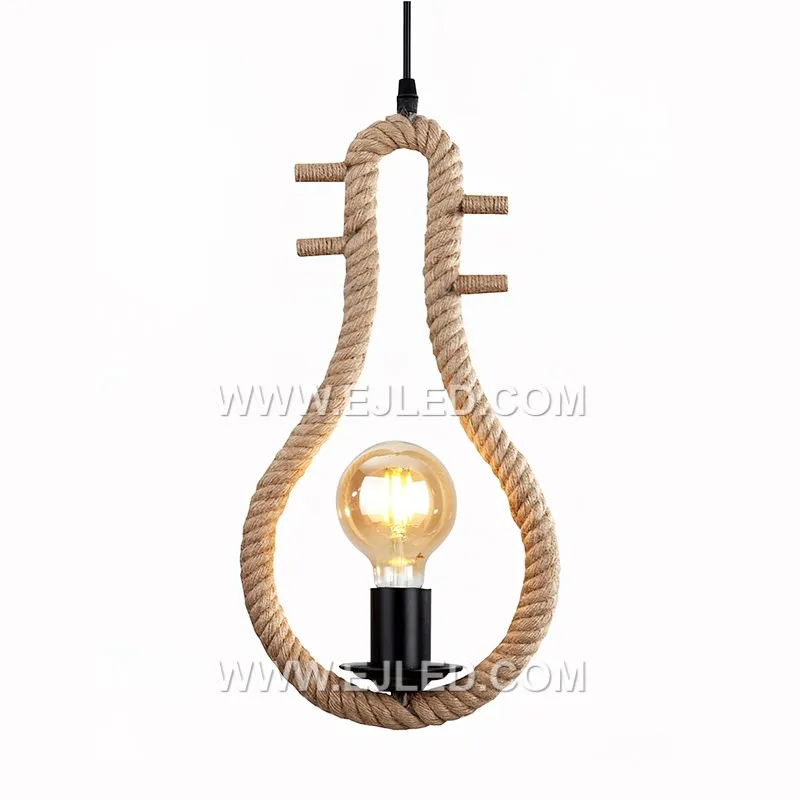
Leave a comment